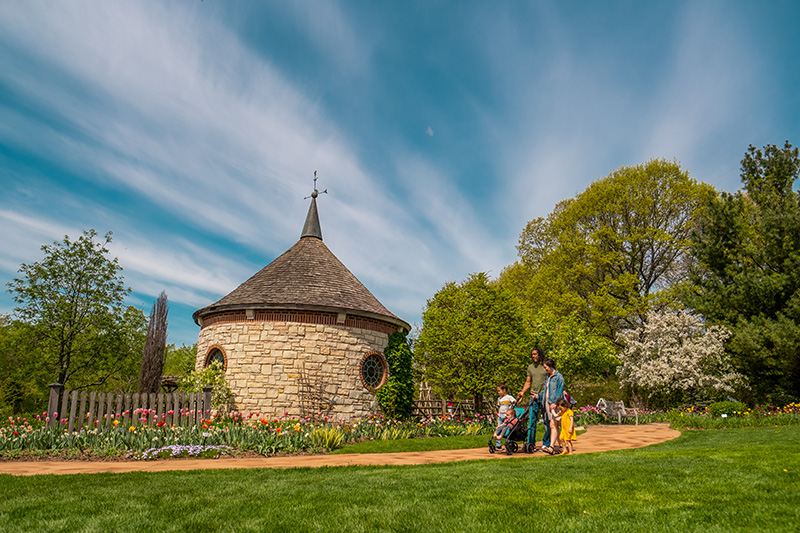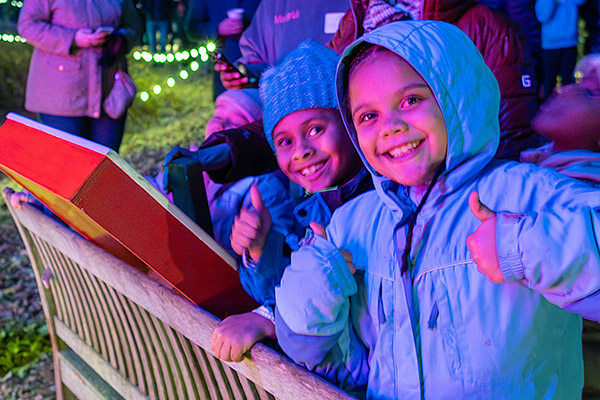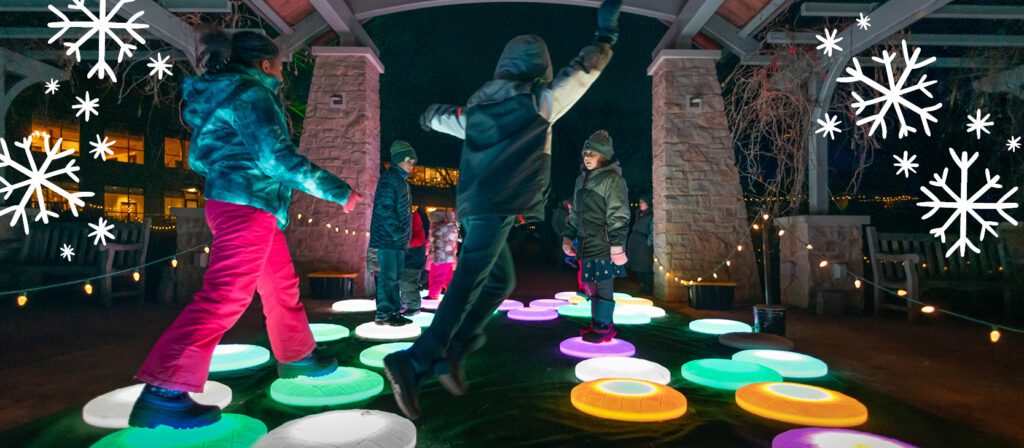In part one, we looked into urban nests, mud nests, and scrape nests. If you have not checked out last week’s blog yet, we recommend that you take a peek at it before you read any further!
In the second part of our nest series, we’re going to learn about three more nests: pendant nests, cavity nests, and platform nests. These nests are a bit harder to find, but they’re very interesting when you do get the chance to see them.
Pendant Nests
Pendant nests are elaborately woven sacks that dangle from tree branches. They are made from long, pliable materials such as grass, hair, and bark.
Who lives in these nests? Baltimore orioles, golden-crowned kinglets, and ruby-throated kinglets reside in these intricate nests. Golden-crowned kinglet’s are native to Wisconsin, too!
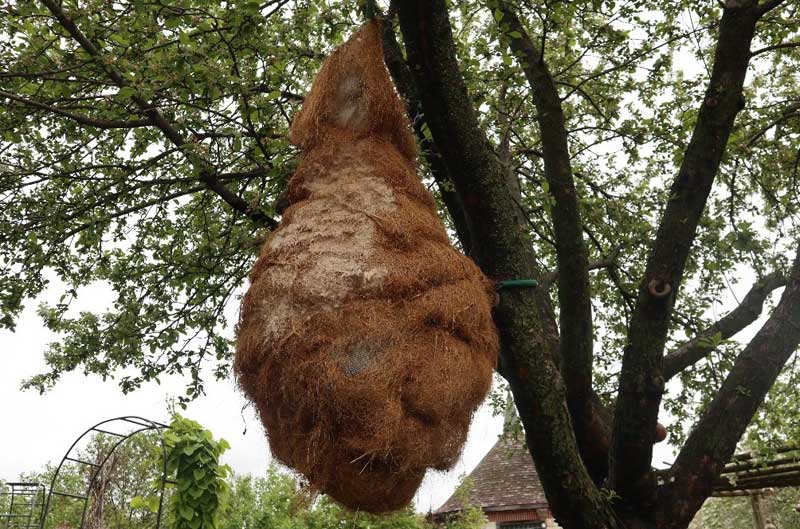

Want to help these birds build their pendant nests? After brushing your dog, collect the hair and leave it outside. Not only can pendant nest building birds use this, it can help any bird! Dog hair is useful for birds because it can keep them warm, and the hair dries quickly, preventing the birds’ feathers from getting too wet. Make sure that thee hair is free from chemicals such as topical flea and tick medications and grooming products before putting it outside.
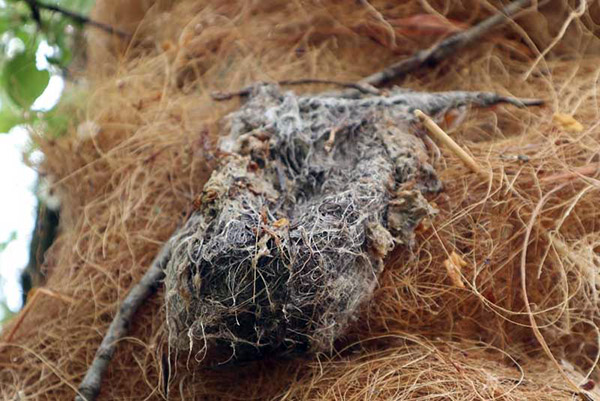

Cavity Nests
Do you ever hear loud knocking in your back yard? You’re likely hearing a bird making their cavity nest!
Cavity nests are holes in living or dead trees where birds make their homes. Most cavity-nesting birds use naturally occurring holes or ones abandoned by other species. A bird that makes their own holes are woodpeckers such as the pileated woodpecker. Birds that reside in naturally occurring or abandoned holes include barn owls, who are native to Wisconsin, and white-breasted nuthatch.
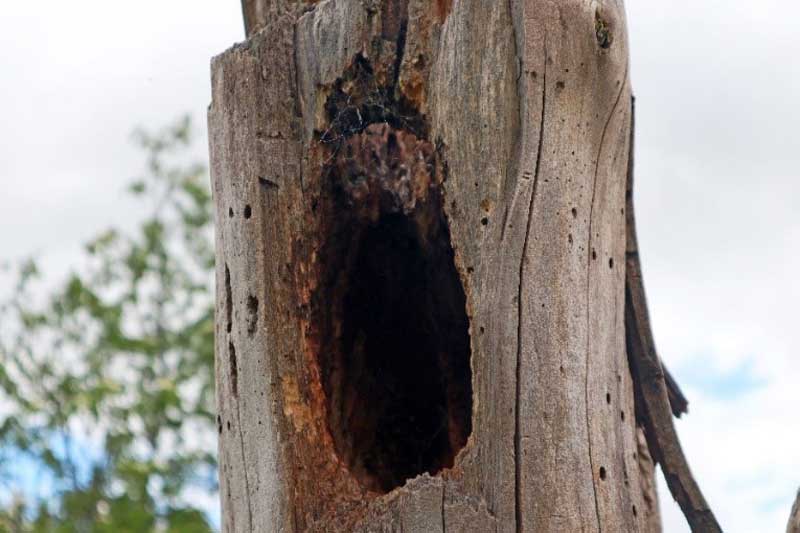

Platform Nests
The final nest in this series is the platform nest. These are large, flat nests built on the ground or high up in the trees. Typically birds build their nests, raise their young, and then leave the nests. With platform nests, birds will often return to the same nest year after year, expanding it over time.
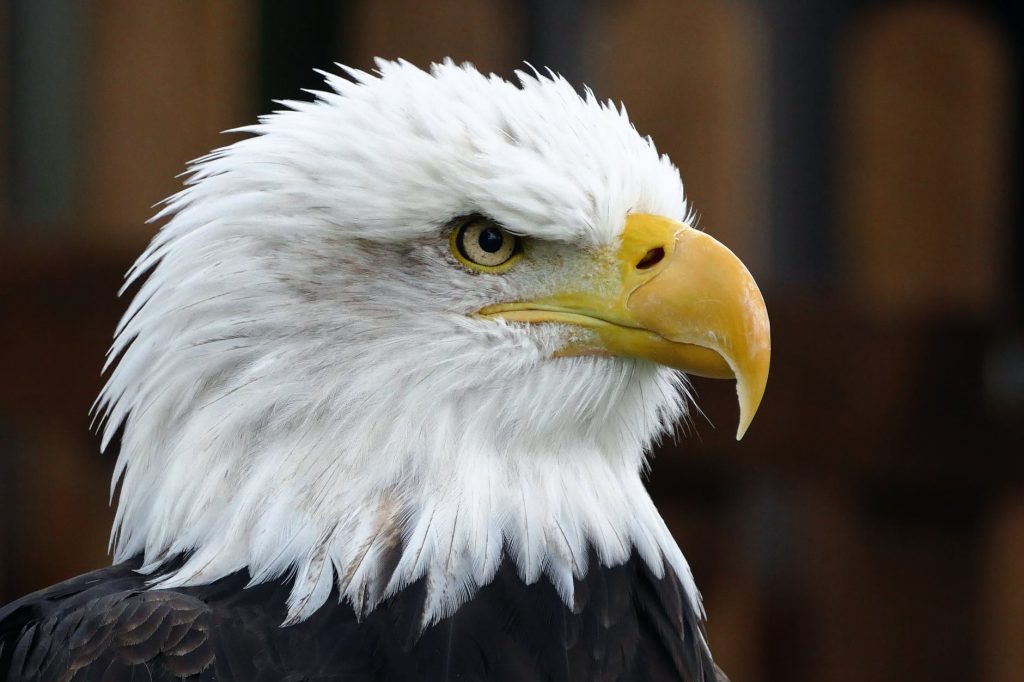

Fun Fact: Some bald eagle nests can grow up to nine feet in diameter and weigh as much as a small car!
What birds live in these incredible nests? Osprey, great egret, great blue heron, mourning doves, and bald eagles are a few of the birds that create these large and long-standing nests. Bald eagles are also native to Wisconsin.
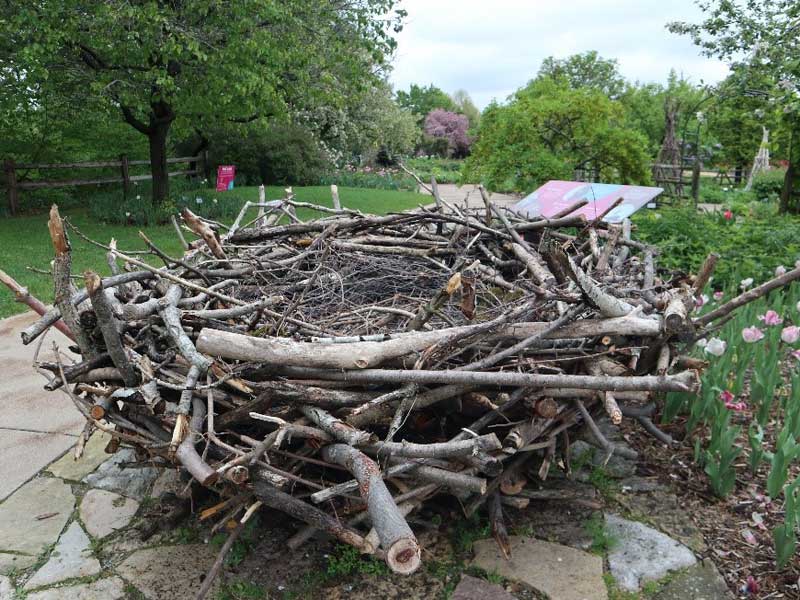

These nests may be a little harder to find, though, so if you do run across one in nature, you’re one of the lucky ones!
Make sure to check out the Habitat exhibit to learn more about nests and birds, and check out the nest sculptures to see how big a platform nest can be!
Habitat was developed by Smithsonian Gardens and is made available by the Smithsonian Institution Traveling Exhibition Service.
Sources




